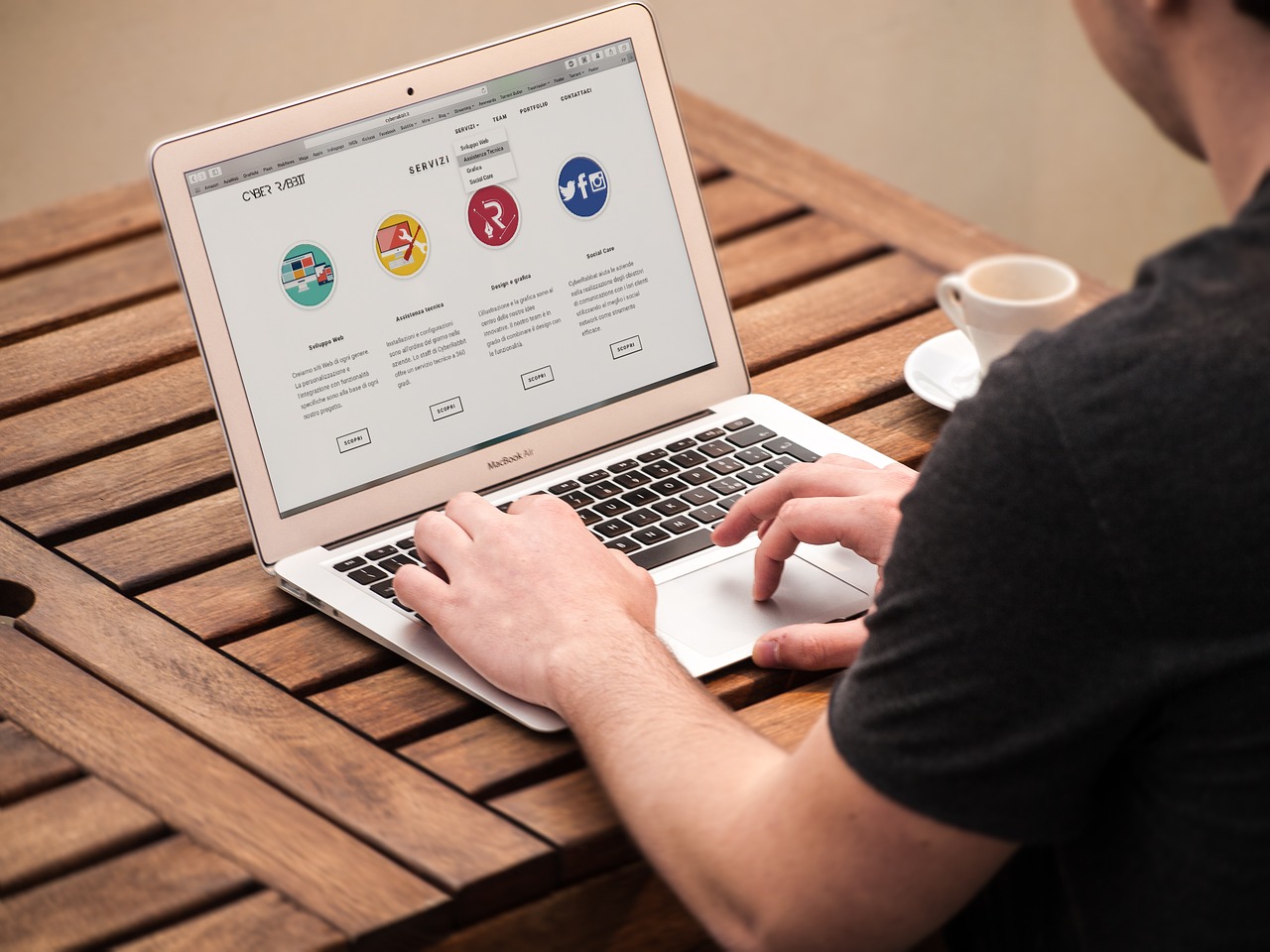Online searching and shopping are as second nature to some as shopping in traditional brick and mortar stores. And in today’s world where Google processes over 40,000 search queries every second and 3.5 billion searches per day, consumers are pretty demanding when it comes to their online experience. They expect to find the information, services or items for purchase quickly and easily. If they don’t, they simply move on, which can result in lost business opportunities and sales.
In this environment, it’s no longer enough to simply have a nice-looking website. Small businesses and online retailers need websites that are eye-catching, easy to use and ultimately websites that make it simple for the customer to find what they’re looking for… and fast. Bottom line: they need sites that put the consumer and their online experience first.
When working to optimize their online presence, small businesses need to make sure they’re taking a consumer-centric approach to their website. Below are just a few key factors to consider that influence how visitors will interact with your site and brand:
Honor the Need for Speed
Not only will a quick site help get you found in search results (Google ranks faster pages higher in search results), it is a central factor in determining how visitors engage with your site and whether they stick around at all. More than half of mobile users will leave a site that takes more than three seconds to load, yet many mobile pages take 15 or more seconds to load. If your site is too slow and people leave dissatisfied with their online experience, and sales opportunities go out the window with them.
With Google’s Revenue Impact Calculator, you can see how site speed impacts business results. An e-commerce site that loads in eight seconds, has 500 visitors a month, an average order value of $50 and a conversion rate of two percent could earn $471 more per year by reducing the page load time to four seconds. Another blog that loads in five seconds gets 20,000 monthly visitors, has an average order value of $100 and a conversion rate of 1% could earn $14,721 more per year by dropping the page load time to 2.8 seconds.
So how do you speed up a site? Things like enabling caching, removing plug-ins and add-ons, optimizing image size, minimizing code, and using a CDN all help. Tools like PageSpeed Insights will check your load speed and give you advice on how to lower it. Your hosting software and support teams should also be able to provide customized advice on how to increase the load and processing speed on your particular site.
Embrace the User Experience
Just like we judge books by their covers, visitors judge websites by their appearance, so a dynamic design and quality visuals matter. There are many sites which provides Free clipart, vectors and images as well which helps to improve user experience. But usability is also key. About half of all online traffic comes from mobile devices so making sure sites look good and function well on mobile devices as well as desktops is no longer optional, it’s essential. Mobile-friendly sites are also boosted in Google searches, so it’s important in more ways than one.
When building a new site or evaluating an existing site, think about the layout from the perspective of a visitor, like how the site looks on a variety of devices, whether the font is readable on all devices, how easy it is to find key elements, and whether clickable elements are large enough to click with a mouse and a finger on a touchscreen. Make sure your online experience visually aligns with the overall look and feel of your brand, from the homepage to all your subpages, so visitors experience the brand consistently at all touchpoints. Additionally, ensure the navigation is intuitive for first-time and frequent visitors alike. Taking a bit of time to research and employ web design best practices can really make a difference.
At the end of the day, it’s not just enough to put your information out on the web. To drive the traffic, engagement and business results you’re looking for, you need a website and online experience that’s optimized for the visitors you’re working to attract. It’s not difficult, it’s just about making smart choices.

